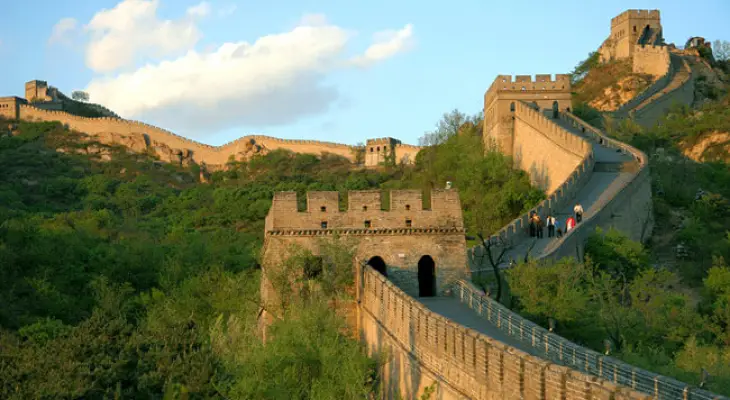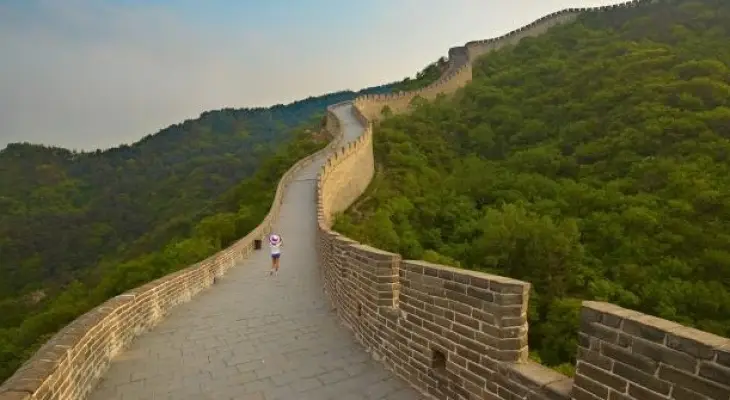Tracing the History of the Great Wall of China, the Dragon Fortress

Holiday Ayo - The Great Wall of China is a series of giant walls that extend following the shape of the mountains of North China that stretches from east to west. In Mandarin, the Great Wall of China is commonly referred to as "wanli changcheng" which means "a wall with a length of 10 thousand li."
The Great Wall of China has a long history considering that it took a very long time to build a large building that spans the fortification of China's territory on the northern side. The length of the Chinese wall is confirmed to exceed 13,000 miles and is said to be because of its length so that it can be seen from space.
The existence of the Great Wall of China began with the idea of a Win Shi Huang who was the emperor of the Chinese empire in the third century BC. The great wall was built as a form of self-defense from the attacks of barbarian nomadic tribes living on the northern side of China.
The construction of this wall was then carried out in stages until finally a row of walls was formed with a length of up to 21,196, 18 km or equal to 13,170, 70 miles. The beginning of this construction was carried out by tearing down some of the old walls on Qin Shi Huang's orders. He was the first emperor of the Qin Dynasty.
Then a new wall was built in several parts with the aim of forming a wall system with a length of more than 10,000 li. The wall, also known as Wan Li Chang Cheng, is said to be one of the most ambitious development projects in human civilization.
 source: sejarah242.blogspot.com
source: sejarah242.blogspot.com
The Wall of China was built by soldiers, commoners and convicts with stone and earth materials. One of the figures known as the leader of China's Great Wall construction project is General Meng Tian. In some strategic locations, this great wall is layered to increase security.
This great wall measures 15 to 50 feet at the base and rises up to a height of 15 to 30 feet. At the top then built a structure in the form of a fort with a size of 12 feet or more.
The construction of this great wall cost the lives of more than 400,000 people; some of them died buried in the construction of the wall being built. The fall of the Qin dynasty, which was marked by the death of Qin Shi Huang, caused most of the walls to collapse.
Border tribal attacks make parts of northern China fall. The Northern Wei Dynasty then repaired and continued the construction of the Chinese wall for the purpose of defense from attacks by other tribes. Similarly, the Bei Qi kingdom repaired the walls for more than 900 miles between 550 and 577 AD.
The Sui Dynasty's reign between 581 and 618 carried out effective repairs and also extended the size of the fort. However, the rise of the Tang Dynasty and the fall of the Sui Dynasty made the presence of the Great Wall again lose its meaning because the attack of the Tujue tribe managed to penetrate the wall.
The construction of the Great Wall was carried out again in 1474 when the Ming Dynasty came to power. A security policy of a defensive nature was implemented with the continued construction of the Great Wall of China. A move that eventually made the building an iconic Chinese landscape in the eyes of the world since the 18th century.








Leave a comment